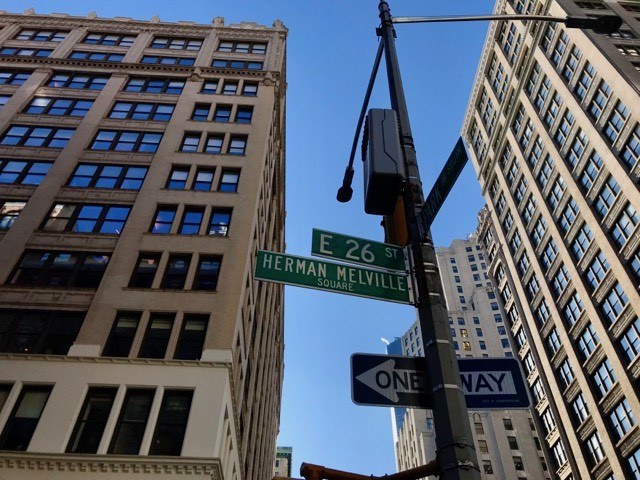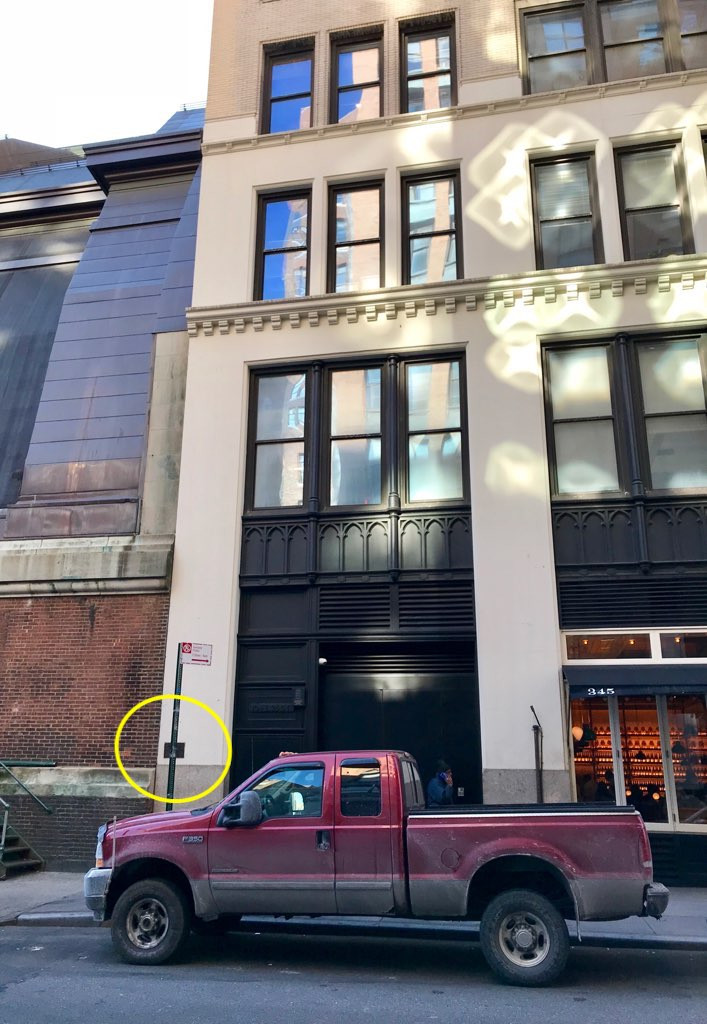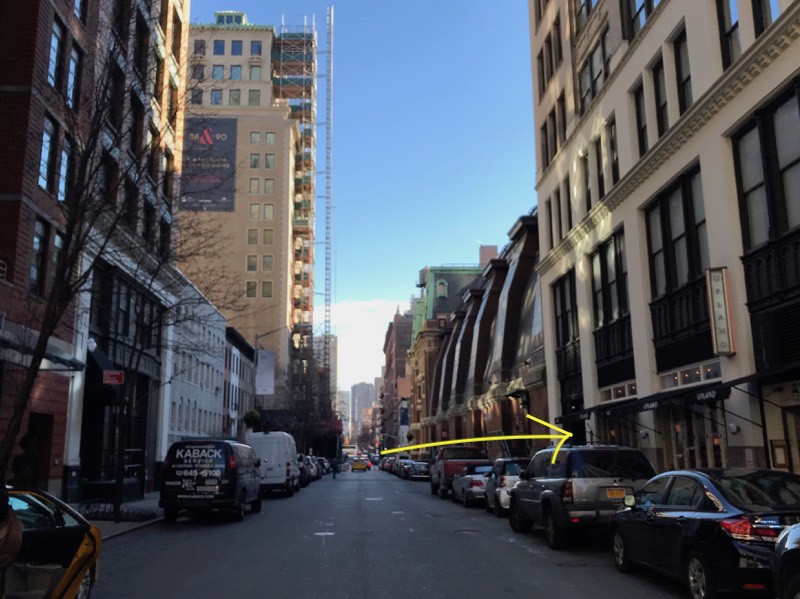Looking up in New York City often reveals hidden stories, and a simple walk down 26th Street in Manhattan unveils a significant piece of American literary history. While exploring the city, you might stumble upon more than just bustling avenues and towering buildings; you might find yourself walking in the footsteps of literary giants. This was the experience when discovering the Herman Melville Square street sign, prompting a deeper dive into the connection between the celebrated author of Moby Dick and this particular New York City street.
Herman Melville, a name synonymous with American literature, particularly for his epic novel Moby Dick, had a notable chapter of his life unfold on 26th Street. While Melville’s earlier years and the writing of his masterpiece are often associated with Arrowhead in the Berkshire Mountains, his move to Manhattan in 1863 marked a significant shift. After struggling with the initial lukewarm reception of Moby Dick and facing financial pressures, Melville relocated his family to the vibrant, albeit demanding, landscape of New York City. He took a position as a customs inspector, a practical necessity that grounded the celebrated novelist in the everyday world of Manhattan. This move placed him squarely at 104 East 26th Street, a location that would be his residence for nearly three decades, from 1863 to 1891.
 Herman Melville Square Street Sign (WildmooBooks.com)
Herman Melville Square Street Sign (WildmooBooks.com)
While Melville’s time on 26th Street might seem overshadowed by his earlier literary triumphs, it was during this period that he penned Billy Budd, a novella published posthumously that is now recognized as another significant work in his oeuvre. Living at 104 East 26th Street, Melville continued to engage with the world around him, even as he navigated the demands of his customs job and family life. It’s a fascinating juxtaposition: the author of grand seafaring adventures spending his days in the more prosaic setting of customs inspections, yet still finding the space to create compelling narratives.
Walking along 26th Street today, you’ll find a bustling urban environment, a far cry from the likely quieter streets of Melville’s time. However, history is subtly marked here. A commemorative plaque, easily spotted at 104 East 26th Street, serves as a tangible link to Melville’s presence. This plaque, a modest yet powerful marker, declares: “Herman Melville The American Author Resided from 1863-1891 at this site 104 East 26th Street Where he wrote Billy Budd Among other works.”
 Herman Melville 104 East 26th Street Plaque (WildmooBooks.com)
Herman Melville 104 East 26th Street Plaque (WildmooBooks.com)
The discovery of this plaque is a rewarding moment for anyone interested in literary history. It’s a reminder that even in a city as dynamic and ever-changing as New York, echoes of the past persist. While the original house Melville lived in no longer stands, replaced by modern structures, the site itself retains its historical significance. Standing on 26th Street and reading the plaque, one can imagine Melville himself traversing these same sidewalks, a customs inspector by day and a writer in the evenings, crafting stories that continue to resonate with readers worldwide.
 Herman Melville 26th Street, Manhattan (WildmooBooks.com)
Herman Melville 26th Street, Manhattan (WildmooBooks.com)
Exploring 26th Street offers more than just a glimpse into Melville’s life. Located in the vibrant Midtown Manhattan area, 26th Street is conveniently situated near other notable landmarks. It’s a short walk from Park Avenue, as mentioned in the original author’s walk to The Strand Bookstore, and provides access to the broader cultural and historical tapestry of the city. Venturing further, you’ll find yourself within reach of iconic New York destinations such as the Flatiron Building, Madison Square Park, and, indeed, The Strand Bookstore itself, a literary landmark in its own right. A walk down 26th Street can easily be incorporated into a larger exploration of Manhattan’s literary and historical sites.
 Herman Melville 26th Street, Manhattan (WildmooBooks.com)
Herman Melville 26th Street, Manhattan (WildmooBooks.com)
In conclusion, 26th Street Nyc is more than just another Manhattan thoroughfare. It’s a street imbued with literary history, forever linked to Herman Melville’s life and work. The plaque at 104 East 26th Street serves as a poignant reminder of the author’s New York years and invites us to reflect on the places where great literature is created. Whether you are a Melville enthusiast, a lover of literary history, or simply someone exploring New York City, a visit to 26th Street offers a unique opportunity to connect with the past and appreciate the city’s rich cultural heritage. So, next time you find yourself in Manhattan, take a stroll down 26th Street and discover this piece of American literary history for yourself.

